Vacuum Cleaner Buying Guide – How To Pick The Best Option For Your Home
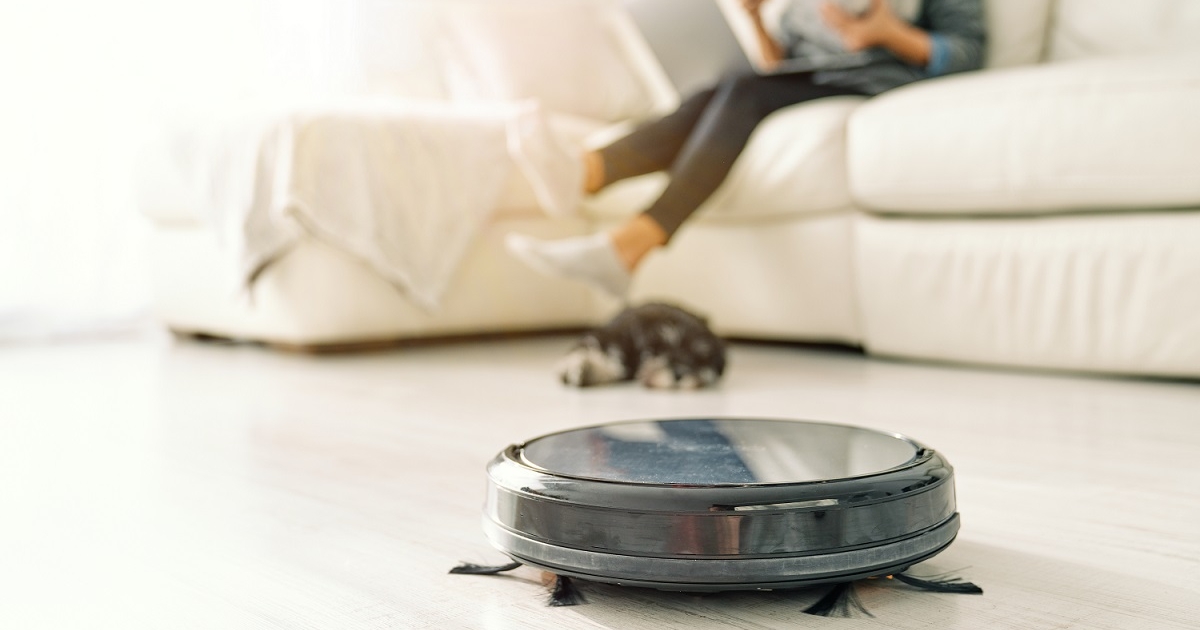
We can remember a time when you only really had a choice between a bagged upright vacuum and one of those vacuums that looked like R2-D2 with hoses and attachments sticking out. Now, there are a lot more choices which in general, is a good thing.
Manufacturers are understanding the challenges of keeping the modern American home clean better than they were before. The only downside is that the sheer number of choices can be difficult to sort through.
At the end of the day though, making a choice as to the best vacuum cleaner for your home can be pretty simple.
There are three main things you have to consider before you buy a vacuum cleaner.
The first is types of areas you will need to clean. Secondly, you should consider any air filtration needs for yourself and your family.
And last but not least, the amount of money you are willing to spend.
Of course, it gets much more involved than that what with the different makes, models, features and gadgets. But that is a good general rule of thumb.
To find out everything you need to know about choosing the best vacuum cleaner for your home, we prepared the following guide.
What you Need to Consider When Buying A Vacuum Cleaner
Aside from the general (and most important considerations) there are even more details you will have to account for if you want the best fit for your home cleaning needs. For example:
- Size of Your Home – Cordless vacuums are all the rage these days but if you have a very large home or areas to vacuum, the battery may not be up to the task.
- Type of Soil – Dry debris is easy enough to get out of the carpet with a vacuum that has aggressive bristles and a revolving brush. But wet soil may require of a vacuum with carpet washing capabilities.
- Power – Different types of carpet or pile will need more power and aggressive bristle to keep clean and upright.
- Reach – Again, larger houses may need longer cords or robotic vacuums with a lot of range.
- Air Filtration – If you or your family have sensitive allergies, you may want to opt for a hypoallergenic vacuum with special built-in air filters.
- Weight – The last thing you want is a heavy vacuum that you have to lug around the house so make sure you can push, pull and carry your vacuum comfortably.
- Usage – The frequency with which you will need to clean your home should also be a factor in your shopping.
- Budget – Last but not least, vacuums can range from under $100 to over $1,000 so you will need to budget accordingly.
Different Types of Vacuum Cleaners
While there are always small things that differentiate models in the same category, in general you will be able to choose between these major vacuum types:
- Upright Vacuums
- Canister Vacuums
- Cordless Stick Vacuums
- Corded Stick Vacuums
- Robot Vacuums
- Handheld Vacuums
- Central Vacuums
Check Out The Most Powerful Vacuum Cleaners For The Money Here:
Overview of Upright Vacuums
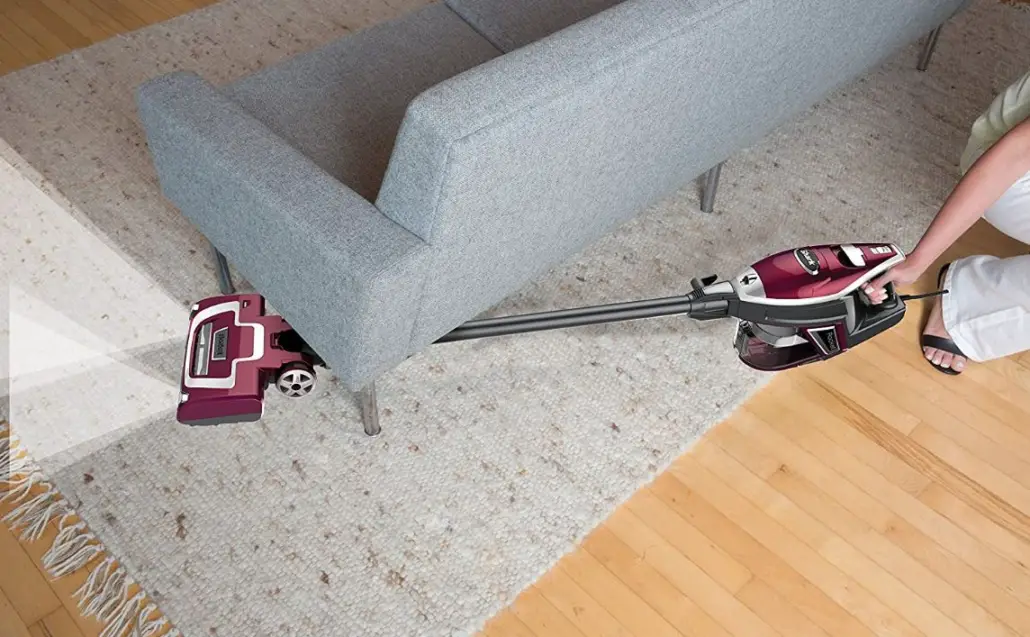
Probably the most popular type of vacuum, uprights are great for large, carpeted homes because of the wide floor heads they typically feature.
Key Features:
- Flat floor heads
- Bagless/bagged
- Turbo brush
Pros:
- Good for People with Back Problems – With uprights, you don’t have to bend down to vacuum an area.
- Fast Coverage – The wide floor brush makes it easier to cover a large carpeted area in very short time.
- Maneuverability – Uprights (especially newer models) are easier to maneuver than cylinder vacuums.
Cons:
- Not Good for Stairs – These types of vacuums weren’t designed for carpeted stairs.
- Weight – Many of these types of vacuums are heavy and not ideal for multi-floor houses.
Probably the best thing about these types of vacuums is the suction power they deliver. They can also come with air filters to help keep your indoor air clean.
Uprights would be a good choice for single-story homes with large swaths of flat, carpeted area.
Overall Score: 96/100
Check Out More Reviews Here:
Overview of Canister Vacuums

Canister vacuums feature a wheeled portion that usually houses the motor, air filters and bags. The canister is attached to a vacuum wand with a flexible hose.
Key Features:
- Handy attachments
- Optional secondary motor in the canister
- Lightweight design
Pros:
- Great for Non-Carpeted floors – If you have hardwood, tile or other kind of bare floor, canister vacuums work better than uprights.
- Good for Stairs – Because these types of vacuums are usually lightweight, they are better for cleaning stairs.
- Quiet Operation – Though typically not as powerful as uprights, canister vacuums usually run quieter.
Cons:
- Awkward Storage – The separate pieces (canister, hose and vacuum wand) can make for difficult storage.
- Less Power – Unless you get a dual-motor model, these types of vacuums are generally less powerful than uprights.
While these types of vacuums do offer a good degree of versatility as they are also hand for cleaning drapes and upholstery, they are better for smaller spaces with bare floors.
For carpeted floors, we recommend getting a dual-motor canister vacuum.
Overall Score: 94/100
Check Out More Reviews Here:
Overview of Cordless Stick Vacuums
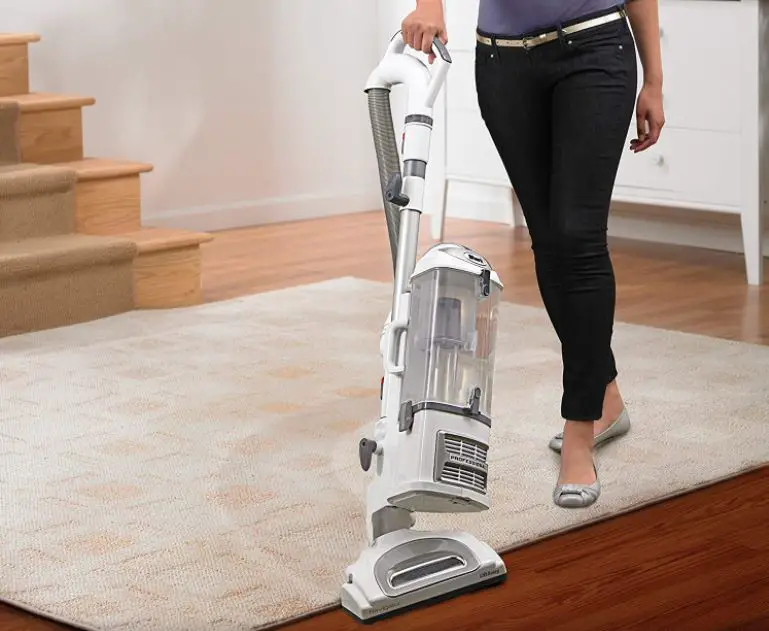
Cordless stick vacuums feature a small dust can and are powered by a rechargeable battery. They are lightweight and highly maneuverable.
Key Features:
- Charging station
- Bagless design
- Lightweight
Pros:
- Great for Apartments – Cordless stick vacuums are great for small apartments, condos and dorms.
- Compact Storage – The charging station and vacuum itself can easily fit into a small hallway closet.
- Quick Cleaning – These types of vacuum cleaners are great for quick spot cleaning.
Cons:
- Limited Attachments – Because of the small size, these types of vacuums are usually limited in terms of attachments.
- Small Dust Cans – These types of vacuums typically have to be emptied of dust and debris after every couple of uses.
Cordless vacuums are very handy and almost fun to use. With some, you can even remove the stick and use it as a handheld. They are best for small spaces as the batteries don’t usually allow for long operation times.
Overall Score: 96/100
Check Out More Reviews Here:
Overview of Corded Stick Vacuums
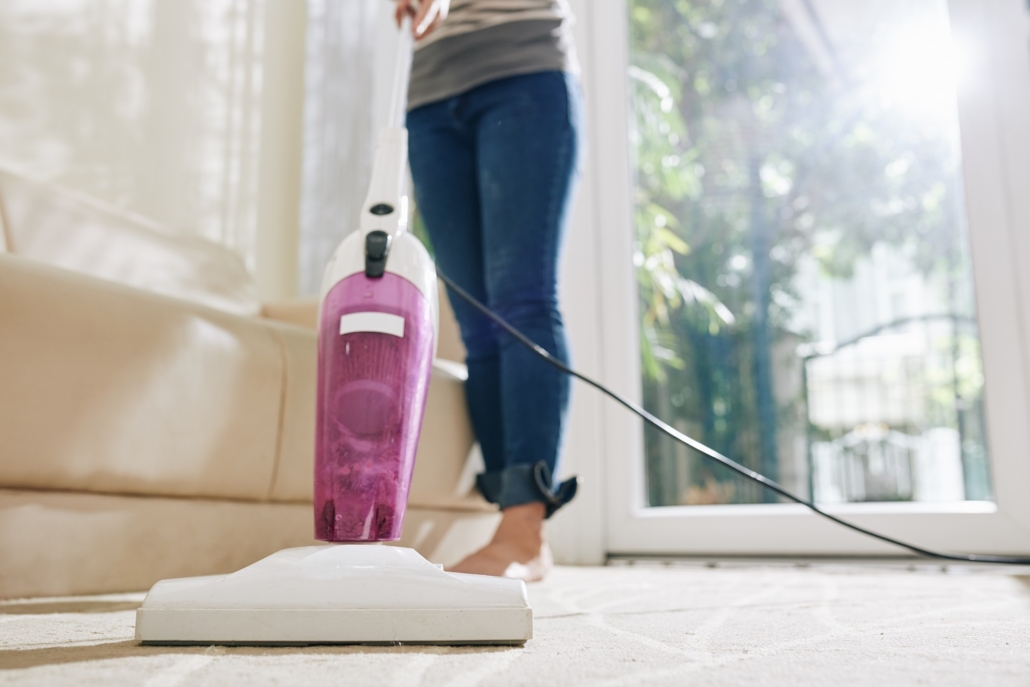
Corded stick vacuums are also lightweight, bagless and great for quick cleaning. Plus, you don’t need to charge them.
Key Features:
- Powerhead
- Can be used as handheld
- Reasonably priced
Pros:
- Lightweight design – If you have back problems, joint problems or just fatigued easily, these types of vacuums aren’t taxing to use.
- No Need to Bend Over – They operate much like corded uprights in the sense that you won’t have to bend over to use them.
- Great for Bare Floors – Corded stick vacuums are great on hardwood and tile.
Cons:
- Lesser Power – For the most part, these types of vacuums aren’t as powerful as corded upright vacuums.
- Less Freedom – Because they need to be plugged into an outlet via a power cord, you don’t get as much freedom of movement.
Again, these would be great for smaller spaces with hardwood floors. You will have to deal with a lack of attachments though.
Overall Score: 95/100
Check Out More Reviews Here:
Overview of Robot Vacuums

Robot vacuums clean your floors autonomously and usually feature a pair of rotating brushes that suck up debris and dirt into the dust can.
Key Features:
- Rechargeable
- App compatible
- Self-emptying docking stations
Pros:
- They Save Time – They are great for anyone who doesn’t have a lot of time to clean as they operate on their own.
- They are Quiet – They are certainly not the most powerful vacuums out there but at least they run quiet.
- They Can be Scheduled – You can schedule most models to clean at a certain time even if you aren’t home.
Cons:
- Weak Suction – Most models depend on a couple of brushes that don’t operate at a high capacity.
- Probably Not Enough – In most cases, you will probably still need at least a handheld vacuum to supplement your robot vacuum.
The best candidates for robot vacuums are busy people who live in small, single-story homes. Keep in mind that for however advanced these appliances may be, they still can’t climb stairs.
Overall Score: 91/100
Check Out More Reviews Here:
Overview of Handheld Vacuums
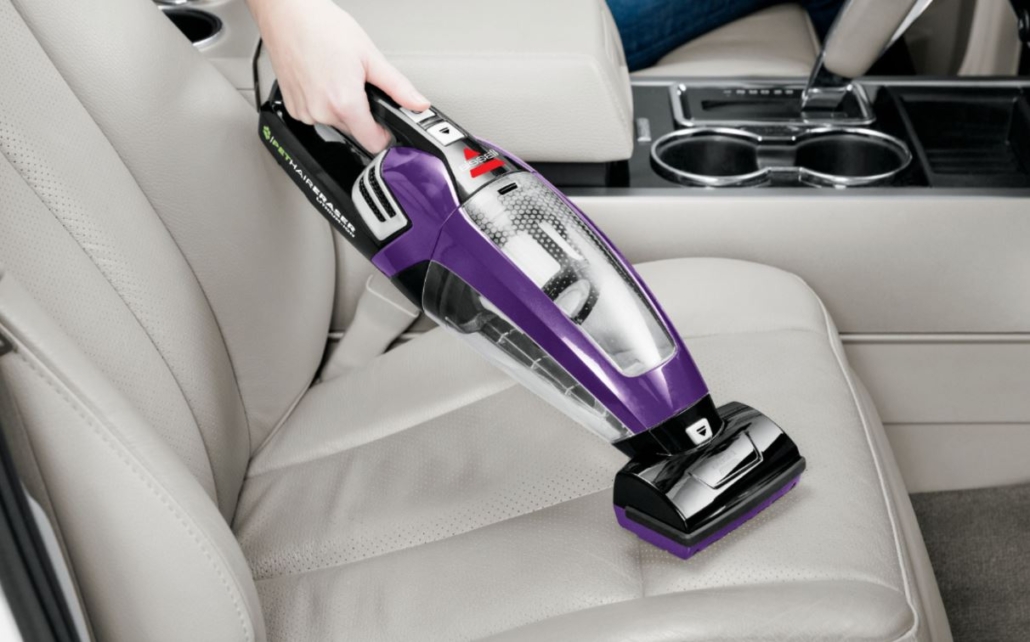
Handheld vacuums are small, lightweight and battery operated. As the name suggests, you can hold them in one hand.
Key Features:
- Narrow nozzles
- Rechargeable
- Cordless
Pros:
- Great for Furniture – These lightweight, handheld appliances are great for cleaning under your couch cushions.
- Great for Tight Spots – Because they are so small, they are great for cleaning tight corners very quickly.
- Affordable – These are some of the most affordable vacuum cleaners on the market.
Cons:
- Short Battery Life – Most handheld vacuum cleaners have a battery life of just about 20 minutes.
- Frequent Emptying – The dust cans in these vacuum cleaners are generally very small and need to be emptied often.
The best applications for these vacuums are studio apartments and as spot-cleaning vacuums. You will usually need a full vacuum to complement them. They can also come with handy crevice and pet cleaning attachments.
Overall Score: 92/100
Check Out More Reviews Here:
Overview of Central Vacuums
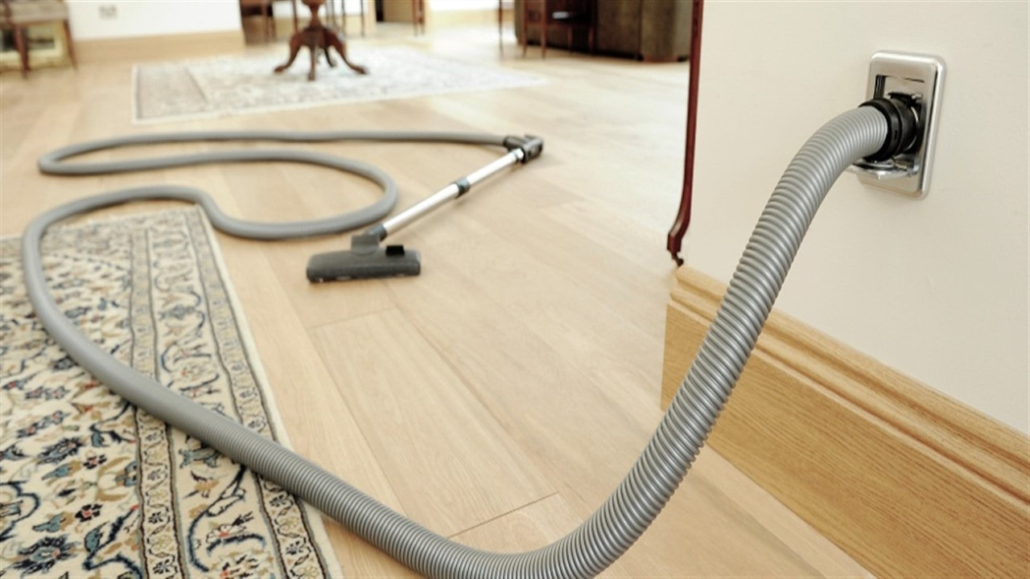
A central vacuum is affixed to ducts and a central dust canister. You only need to operate the hose and brush head.
Key Features:
- Dust filtration
- Semi-permanent installation
- Powerful Suction
Pros:
- Convenient Usage – With this kind of vacuum cleaners, you don’t need to lug around a canister.
- Good Filtration – Most of these models come with built-in dust and air filtration so they’re good if you have allergies.
- Infrequent Emptying – Lots of central vacuum cleaners have large-capacity dust cans so you don’t need to empty them often.
Cons:
- They Need Professional Installation – Because you essentially attach them to ductwork in your house, they require professional installation.
- They can be Pricey – The professional and semi-permanent installation will usually cost a pretty penny.
Central vacuum cleaners would be best for homeowners or anyone with sensitive allergies. These units would also work well in multi-story homes.
Overall Score: 94/100
Check Out More Reviews Here:
Canister Vacuum Vs. Upright
The main advantage that canister vacuums have over uprights is that they are easier to clean stairs and drapes with.
They would also be a better option if you want to a vacuum you can use to suck up cobwebs and dust from high ceilings.
Upright vacuums usually provide more power and there is a lot less bending over involved. They also work best in carpeted homes.
Canister Vacuums Vs. Stick
Again, you don’t get the same kind of versatility with a stick vacuum as you do with a canister vacuum.
They are about equal in terms of weight though but a canister vacuum will likely not need to be emptied as often as a stick vacuum.
Upright Vacuum Vs. Stick
If you have a smaller area to clean, you would probably do well with a stick vacuum. They also work better on hardwood floors.
Upright vacuum cleaners are best for large, carpeted areas.
Corded Vs. Cordless Stick Vacuum
We like cordless stick vacuums. The reasoning is that if you are getting a stick vacuum at all, you probably don’t have a large area to clean.
So why not go for the freedom of a cordless stick vacuum?
Stick Vacuums Vs. Robots
You will probably be able to get your place cleaner with a stick vacuum whether it’s corded or cordless.
Robot vacuums are low-powered and the cheaper models are flawed and don’t cover an entire area.
Upright Vacuums Vs. Robots
Robot vacuum cleaners will be better in small spaces like apartments and one-story condos.
Upright vacuums will provide more suction power and don’t need to be emptied as often as robot vacuum cleaners.
Handheld Vacuum Vs. Robot
In general, you’ll want to consider your handheld vacuum as just for quick spot cleaning while a robot vacuum cleaners can potentially clean small homes and apartments.
Central Vacuum Vs. Canister Vacuum
Canister vacuums are a lot less expensive though they do have to be emptied more frequently. Both are good for multi-story homes but central vacuums are probably easier on the body in general.
Central Vacuum Vs. Upright
A central vacuum will be good if you suffer from allergies, own a large home and have enough basement storage for the central unit.
An upright may actually kick up more dust and be heavier to lug around.
The Best Vacuums Brands and Models to Consider
- Dyson – The Dyson V8 Animal
- Honeywell – The Honeywell Central Vacuum 4B-H
- iRobot – The iRobot Roomba 694
Frequently Asked Questions
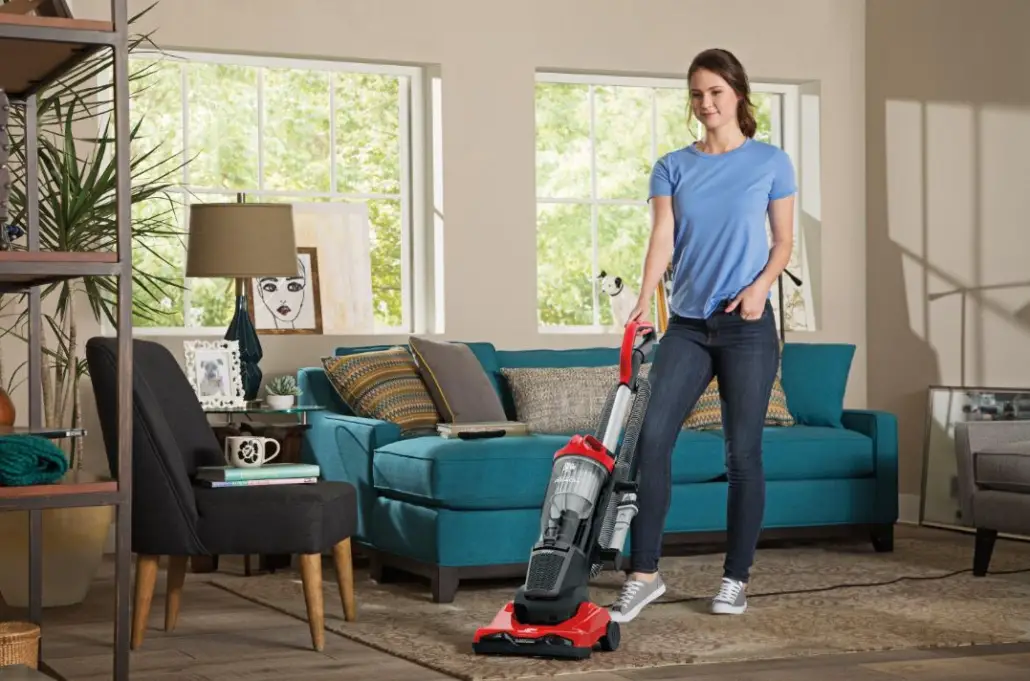
Q: What are the 3 most important things you want from a vacuum cleaner?
Powerful suction, comfortable weight and helpful attachments.
Q: Bag Vs Bagless Vacuum – Pros And Cons Of Each – What To Choose?
Bag vacuums can usually hold more debris so they don’t need to be emptied as often as Bagless models.
Bagless models are usually lighter. Bagless vacuums are typically better for smaller homes while bagged vacuums work well in larger homes.
Q: How Much Should A Good Vacuum Cost For The Home?
You can get a reliable upright bagless vacuum for about $150 if you don’t care about fancy features.
Q: When To Buy – Do They Go On Sale?
Yes, you can usually find good Black Friday deals or deals near Christmas.
Q: What To Buy If Noise Is A Factor?
Central vacuums, handheld vacuums and robot vacuums tend to be the quietest.
Q: What is a good suction power for vacuum cleaner?
For uprights, look for 180-200AW rating. For cordless vacuums, 80-100AW should work fine.
Q: What wattage vacuum cleaner should I buy?
The general rule of thumb is 80AW or higher. For canister vacuums, 220+ AW will generally be needed.
Q: Does higher wattage mean better suction?
Not necessarily. Wattage just measures the amount of energy the vacuum consumes.
Q: How is suction power measured In A Vacuum?
Suction is measured in AW’s or Air Watts.
Q: Is 16 kPa good suction?
16kPa is good for sucking up small particles like food crumbs.
Q: Is 17 kPa good suction?
17 kPa is better for hardwood floors and tile as it is a powerful suction that may stick to carpet.
Q: Is 20 kPa good suction?
Yes, it will be more than enough for home use.
Q: What To Buy If Dealing With Pet Hair
For pet hair, you will want a vacuum with 17 kPa or higher.
Q: What Does A Wet/Dry Vacuum Do?
This type of vacuum can be used to clean up wet and dry messes off the floor.
Q: How long does a vacuum battery last?
You can generally expect a vacuum battery last 2-3 years.
Final Thoughts
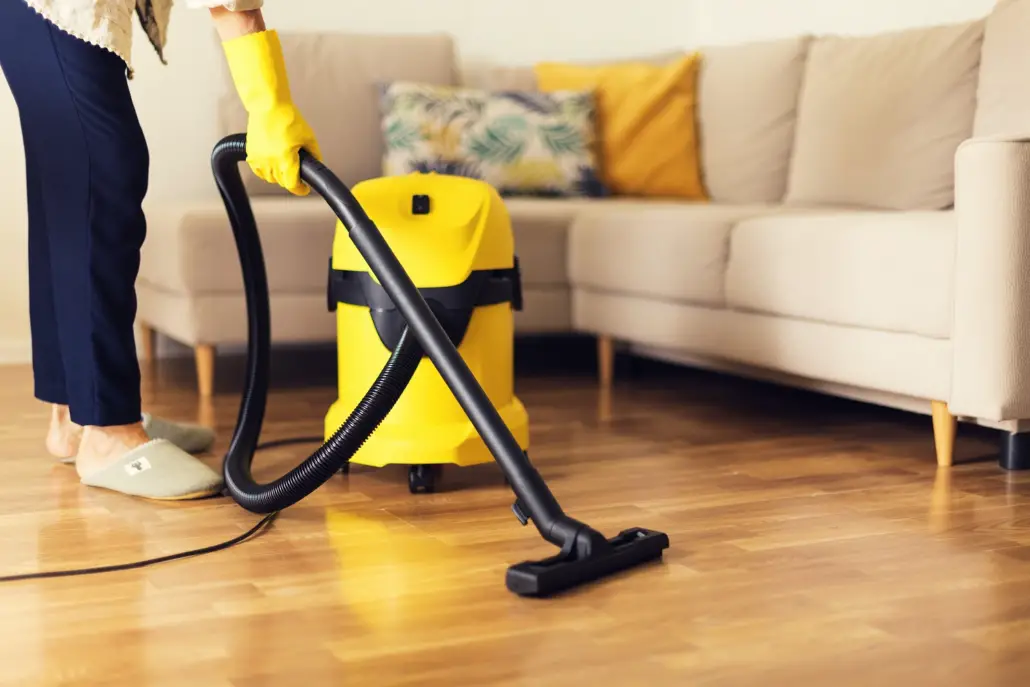
We hope we have answered some of the questions you have about vacuums and made your choice a bit clearer.
Be sure to consider all your options and check out some of the types and models in our guide!



